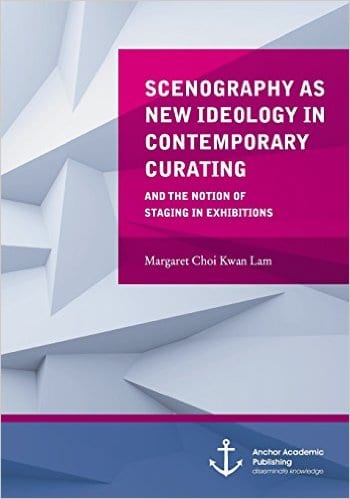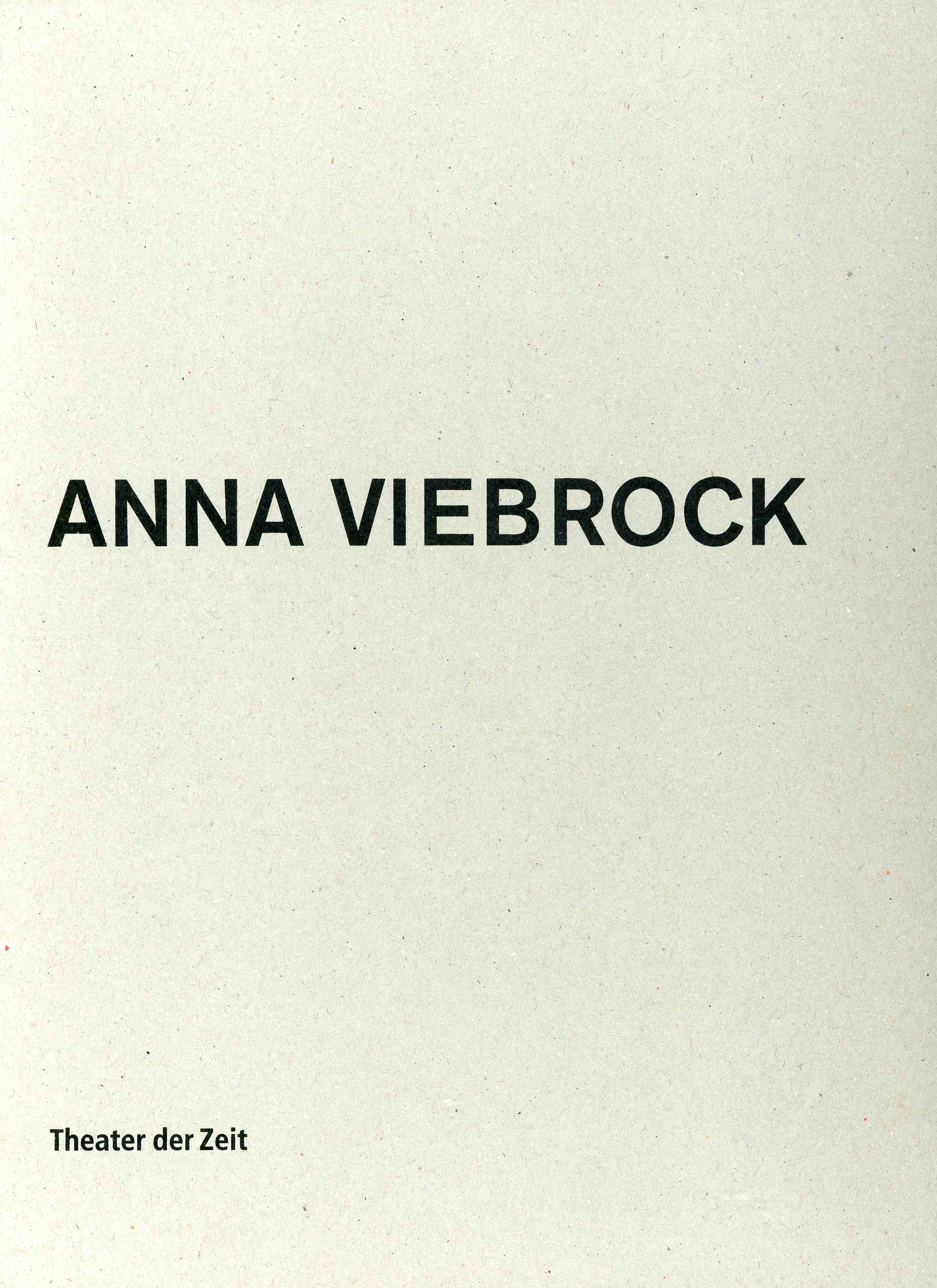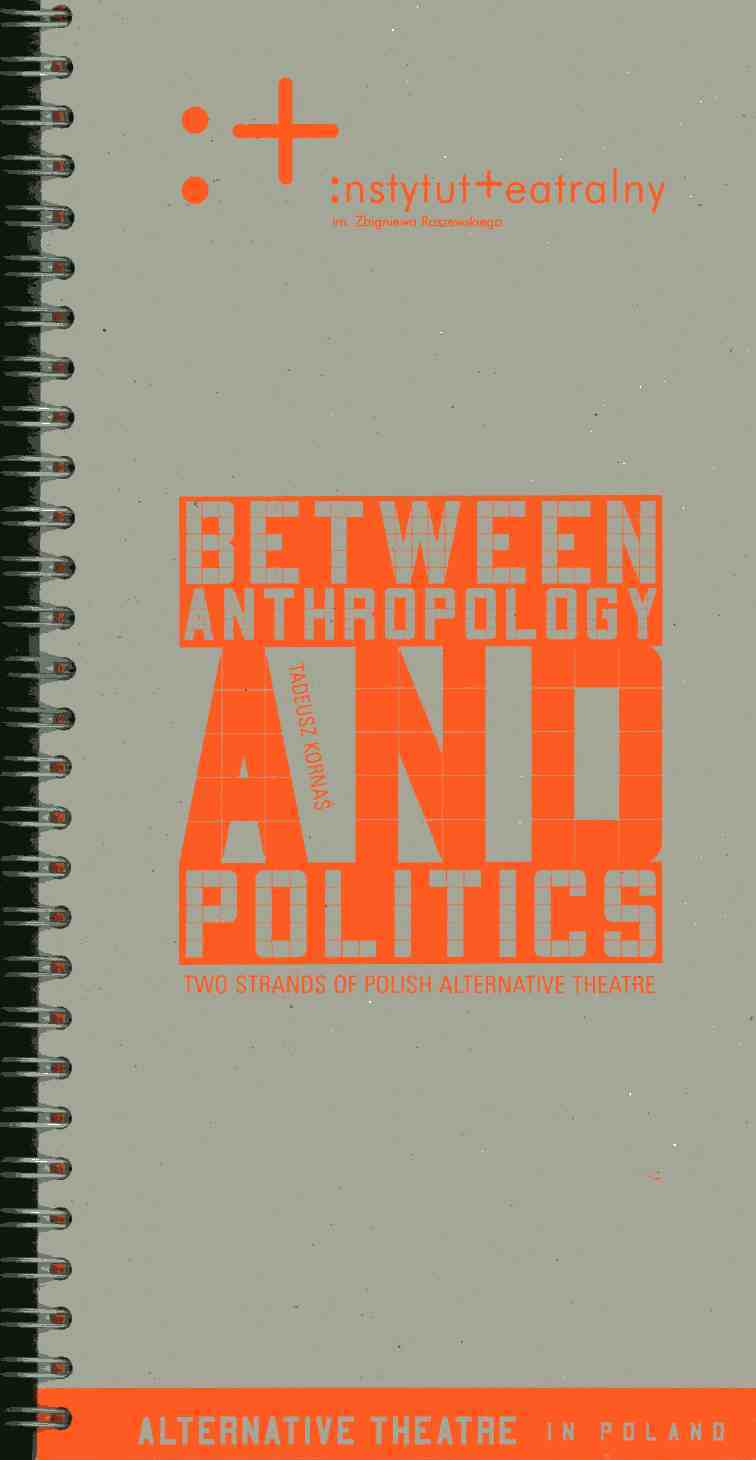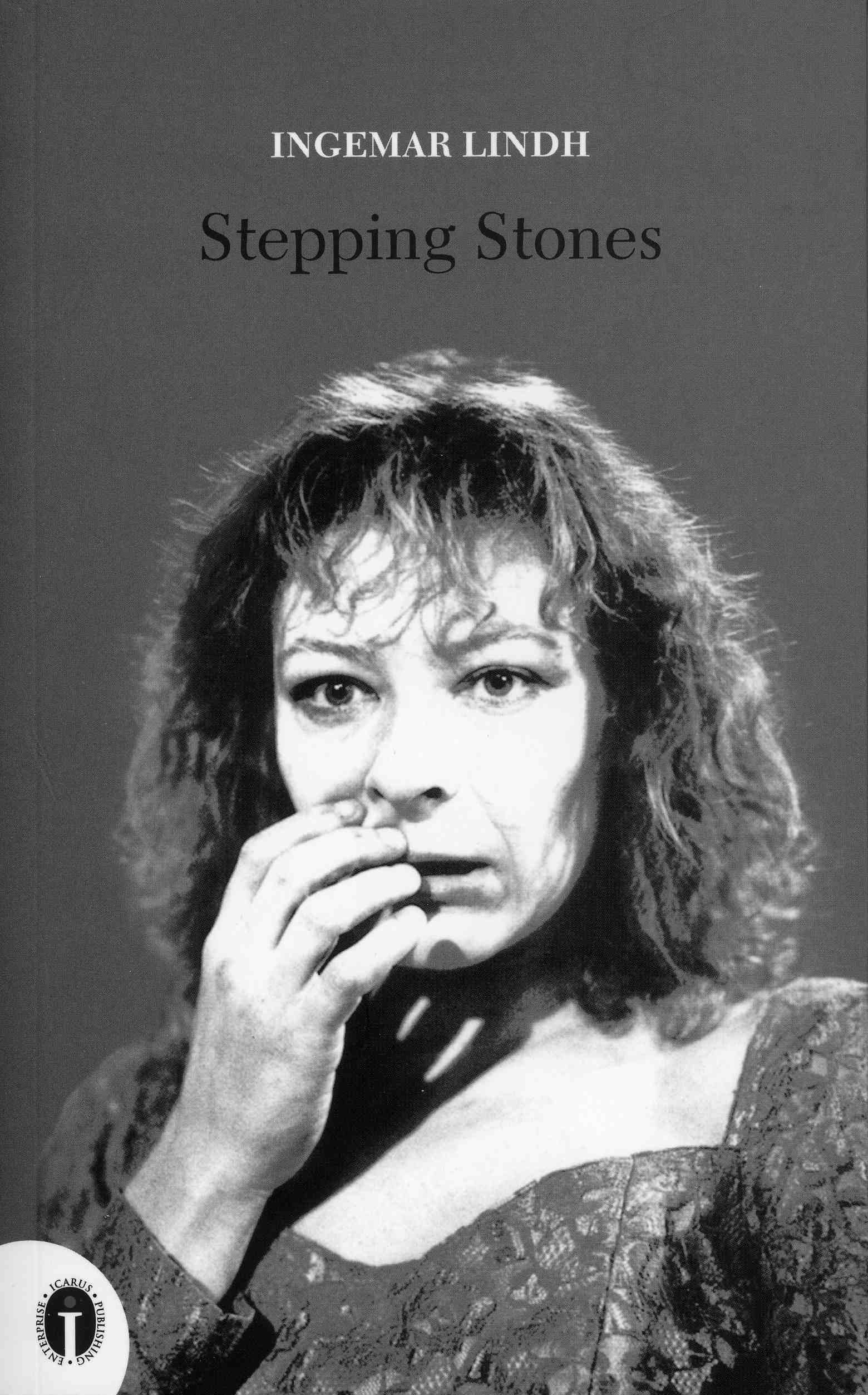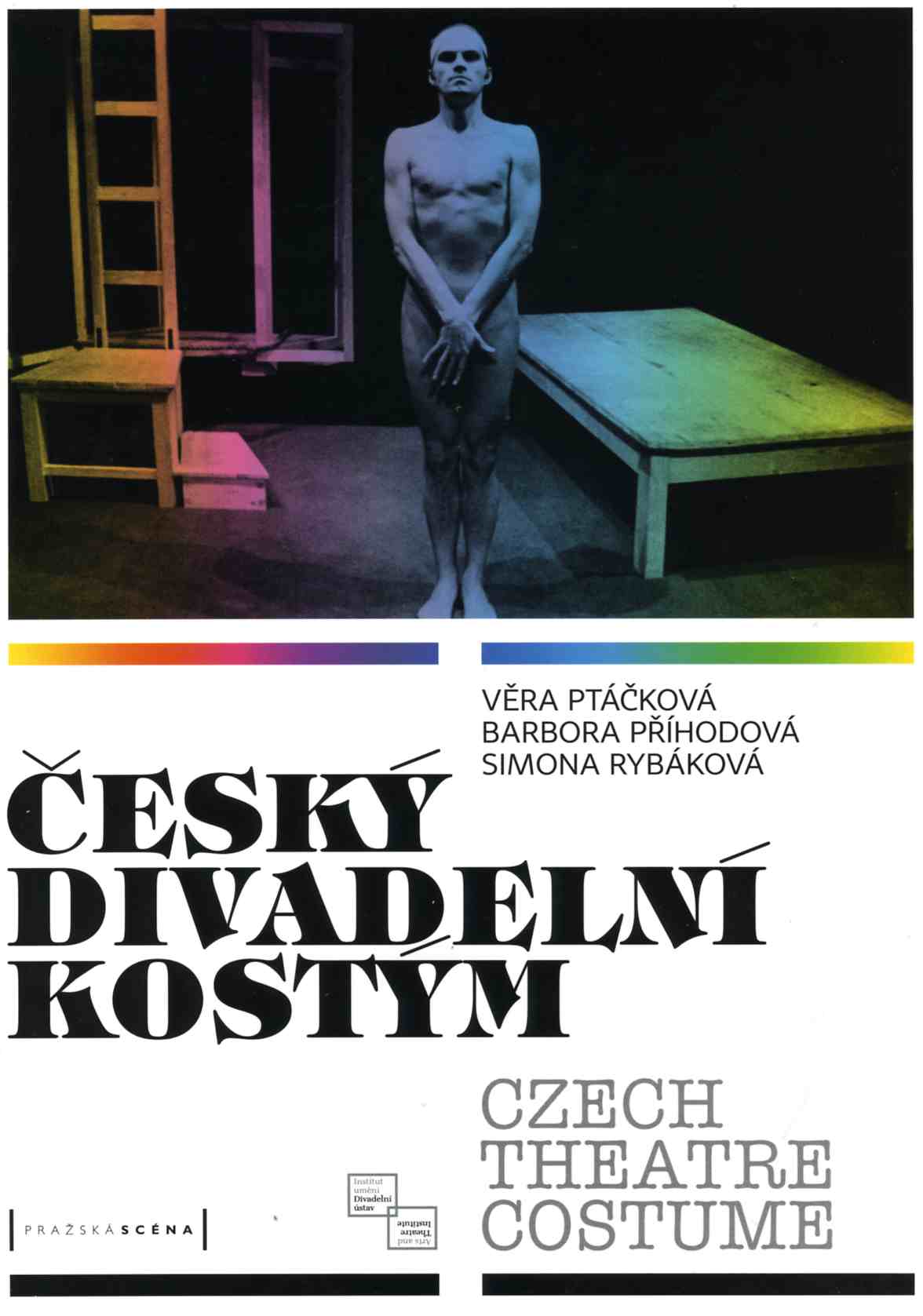Description
In the frontier of the exhibition scene, a significant phenomenon is observed that a contemporary artistic staging practice, called scenography, has grew out from the theatre context and keeps expanding its influence in the exhibition context in recent time. Scenography has been acting as a transformative force to reform the traditional exhibitionary complex, and consequently, this has led to an unprecedented intersection where scenography meets contemporary curating, which further informs a radical ideological shift. This paper aims to exploit a new land of discussion to look into this intersection between scenographic practice and contemporary curating, its mergence and the subsequent revolution it has caused.
By seeing museums and exhibition spaces as metaphorical stages, it fundamentally reconfigures the infrastructure of curating practices, in terms of a shift in authorship, architectural embodiment of ideas, field of experience, layered narrative, dramaturgy and the hybrid expressions of new media. Three case studies will demonstrate scenography’s wide-ranged capacities and various methodologies in dealing with contemporary issues. Cases include: BMW Museum (Reopened in 2008), Cultures of the World (Opened in 2010) and Leonardo’s Last Supper: A Vision by Peter Greenaway (2008, 2010). Respectively, they prove scenography’s overarching influence of acting as a brandscape, as a site of cultural mediation and as interference and discourse. The whole discussion cuts through major discourses in the field, both responding to the increasing awareness of the notion of staging experiences in the rise of experience economy, and the expanding notion of curating, in parallel.

